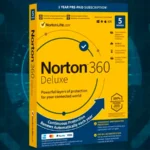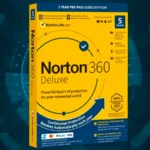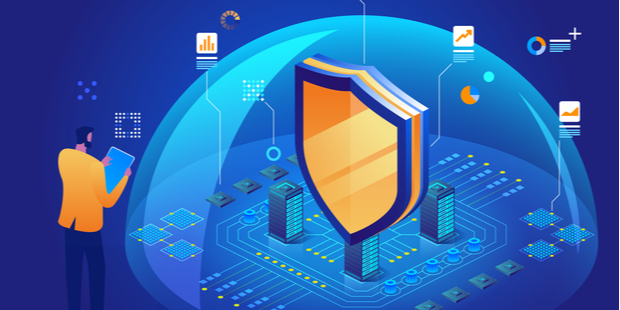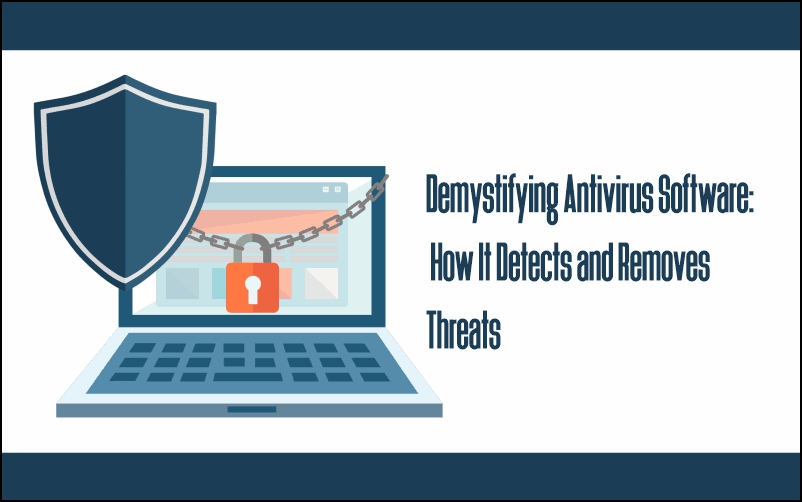
This article explains Antivirus Software and How It Detects and Removes Threats.
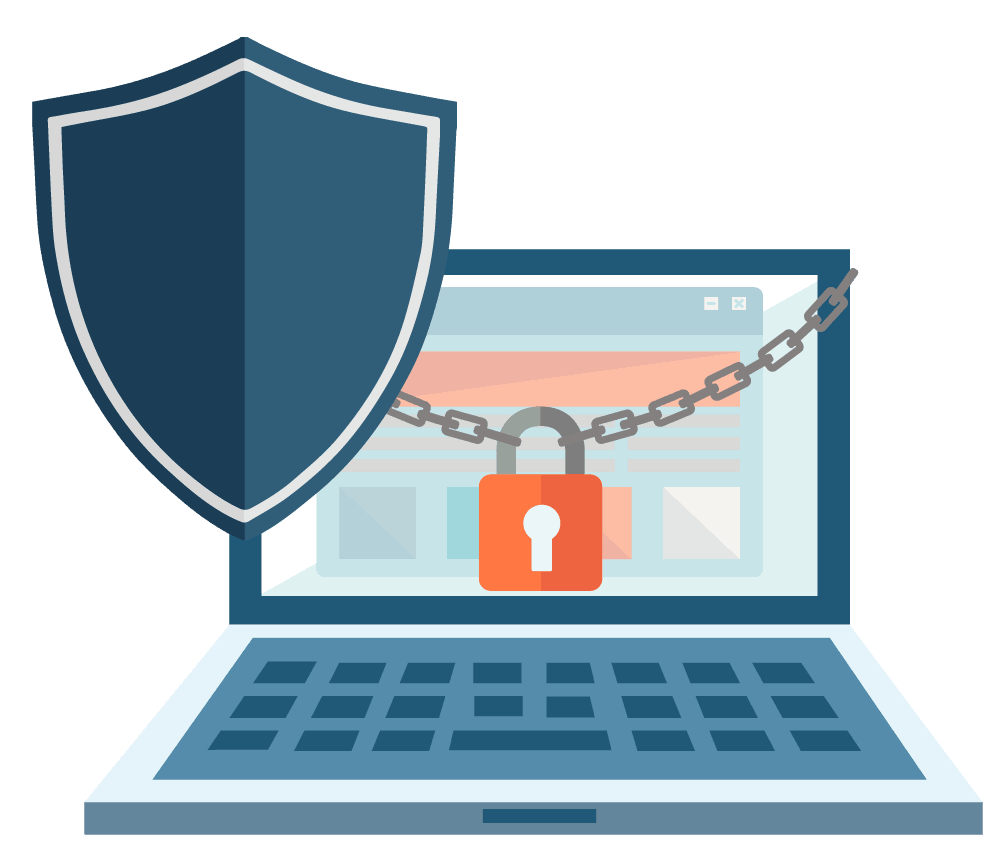
In today’s digital age, antivirus software plays a critical role in protecting our devices and data from cyber threats. But have you ever wondered how these programs actually work to detect and remove viruses, malware, and other malicious software? In this blog post, we’ll delve into the inner workings of antivirus software to demystify the process of threat detection and removal.
1. Understanding Virus Signatures:
– Antivirus software relies on virus signatures, which are unique identifiers or patterns of code specific to known malware strains.
– When scanning files or processes, antivirus programs compare them against a database of known virus signatures to identify malicious code.
2. Heuristic Analysis:
– In addition to virus signatures, antivirus software employs heuristic analysis techniques to detect previously unknown or “zero-day” threats.
– Heuristic analysis involves examining the behavior and characteristics of files or processes to identify suspicious patterns that may indicate the presence of malware.
3. Real-Time Protection:
– Many antivirus programs offer real-time protection features that monitor system activity in real-time to prevent malware infections before they occur.
– Real-time protection utilizes a combination of signature-based detection, heuristic analysis, and behavioral monitoring to proactively identify and block malicious activity.
4. Quarantine and Removal:
– When antivirus software detects a threat, it typically quarantines the infected file or process to prevent it from causing harm to the system.
– Quarantined files are isolated from the rest of the system, allowing users to safely remove or restore them without risking further infection.
5. Updates and Definitions:
– Antivirus software requires regular updates to stay effective against new and emerging threats.
– These updates include virus definition updates, which add new virus signatures to the antivirus database, as well as program updates to improve detection and removal capabilities.
6. Behavioral Analysis:
– Some advanced antivirus solutions incorporate behavioral analysis to identify malware based on its behavior rather than its code.
– Behavioral analysis monitors system activity for suspicious behavior patterns, such as unauthorized access attempts, file modifications, or network communication with known malicious servers.
7. Cloud-Based Protection:
– Many modern antivirus solutions leverage cloud-based technologies to enhance threat detection and response capabilities.
– Cloud-based protection allows antivirus software to offload resource-intensive tasks, such as file analysis and malware detection, to remote servers with greater computational power and access to larger threat intelligence databases.
Antivirus software is a critical component of cybersecurity, providing essential protection against a wide range of cyber threats. By leveraging virus signatures, heuristic analysis, real-time protection, and other advanced techniques, antivirus programs can detect and remove malware to keep our devices and data safe from harm. As cyber threats continue to evolve, antivirus software will undoubtedly evolve as well, employing increasingly sophisticated methods to defend against emerging threats in the ever-changing landscape of cybersecurity.
To obtain software and courses that could enhance your digital skills, visit techlover.com.ng
Or visit any of our online stores,
Originally posted 2024-04-30 11:40:47.








